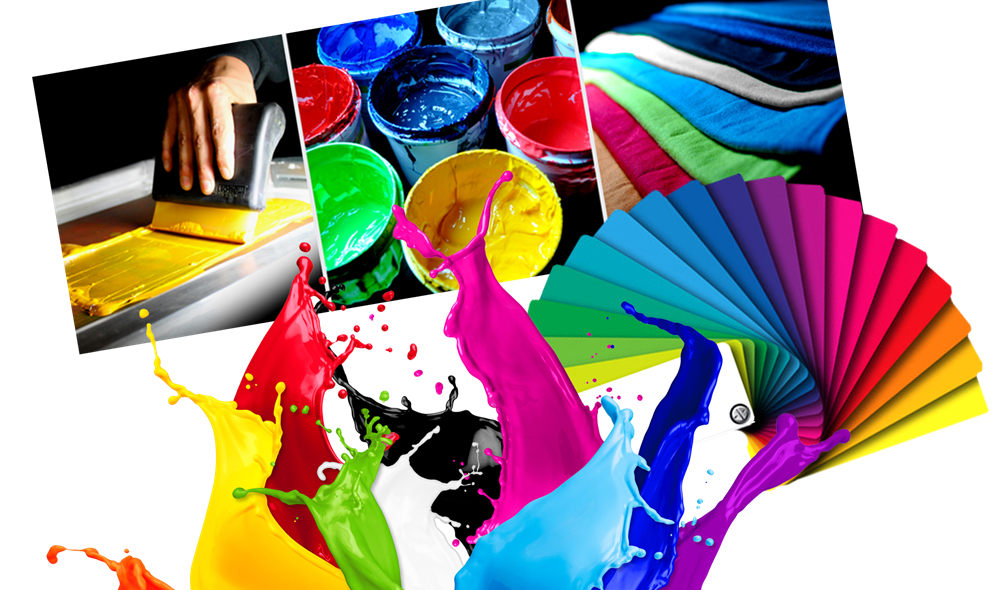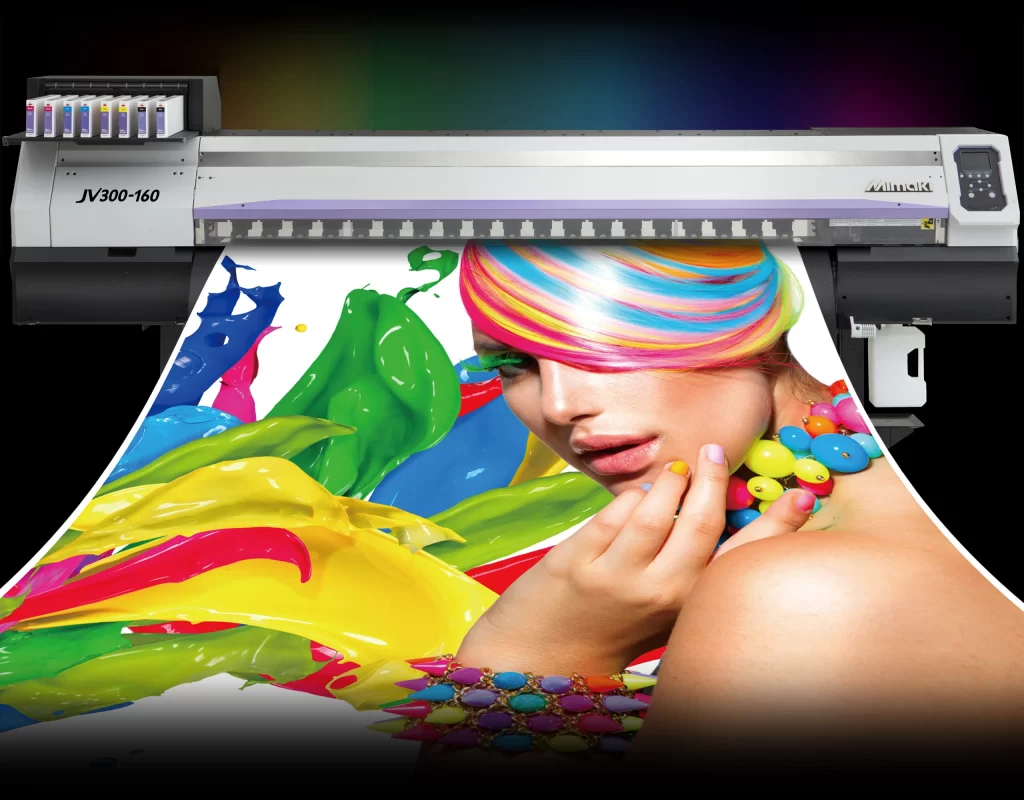UV DTF Film : Benefits, Uses, and Tips for Prints [2025]
UV DTF film is a brand-new innovative printing technology to produces high-quality, durable, and vibrant transfers on different surfaces. This film design can easily be printed on uneven hard surfaces like wood, resin, plastic, glass, ceramic, etc.
Whether you want to create UV stickers of glossy finish using a UV DTF sticker printer for product labeling or printing onto any substrate, this film delivers quality and longevity. So look nowhere, keep reading to know more about UV DTF film to innovate your printing games.
Table of Contents
How to Use UV DTF Film?
To use UV film, you will need a UV DTF printer, a laminating machine, a heat press, and the following supplies:
- UV DTF A film
- UV DTF B film
- UV DTF ink
- Powder adhesive
- Cutting mat
- Transfer tape
Instructions:
The design is first printed onto the A film using the UV dtf printer. The inks used in UV DTF printing are specially formulated to cure instantly when exposed to UV light.
Once the design is printed, the A film is laminated with a B film. It makes a single layer of film with the design on the top and the adhesive on the bottom.
To transfer the design onto the desired surface, simply peel off the B film and apply the A film to the surface. Print the sticky side up. Press it with your fingers for a few seconds. The adhesive will bond the film to the surface, and the design will be transferred.
The printing process goes as follows: white ink – color ink – varnish. For the final procedure, it’s important to laminate films A and B together for UV DTF.

Types of UV DTF Film
UV films give glossy finishes with a 3D soft hand feeling. The final product prints are waterproof, temperature, acid, and alkaline resistant.
These films come in different types, each for specific printing needs. The most common in the market are the following:
- Common UV DTF Film
Printable Film (Film A)
The sheet size of the printable film is A3 with roll version options. It consists of paper-based transparent material. The printing surface is coated with glue and the protective layer is laminated over it.
Positioning Film (Film B)
For common UV DTF films, hard and soft film options are available. Hard films are best suited for uneven surfaces like metal, wood, and glass, while soft ones are for soft surfaces like plastic bags, bottles, PVC, etc.
- Silver/ Gold Film
Printable Film (Film A)
Unlike common UV Film available in the market, this new product creates a similar gilding impression. The printing base of the film is coated with adhesive material like glue covered with a protective sheet.
Positioning Film (Film B)
It’s a release film. When the design is transferred onto the substrate, it supports the adherence of film A during the sublimation process.
- Glitter UV DTF Film
Printable Film (Film A)
To give a glitter effect to UV DTF products, this special type of print film is used. The printable side is glitter-based and coated with a coating that looks like matte to the eye.
Positioning Film (Film B)
It’s carefully applied alongside the glitter UV film, responsible for controlling the DTF transfer of glitter particles onto the substrate.

Benefits of UV DTF film
UV DTF film offers a myriad of benefits that make it a popular choice for individuals and businesses alike, seeking high-quality and innovative printing solutions. Here are some key benefits of using these films:
Vibrant and Durable Prints: The use of UV-curable ink in the printing process results in high-resolution prints with enhanced color vibrancy. Compared to Laser printing, UV film is more beautiful with exceptional durability
Precision and Detail: UV DTF film delivers exceptional print quality with sharp lines, fine details, and smooth gradients. Your designs will look professional and polished, capturing every nuance with precision. Even when printing on a small scale, be ready to be amazed by the precision and detail.
Versatility: It can be used on various substrates, including textiles, wood, metal, glass, and more, making it a versatile option for a wide range of printing applications. Even though you can print on hard uneven surfaces.
Efficiency: It has a quick drying time, minimizing the risk of smudging and enabling rapid production. It’s an ideal option for industries that require fast-paced and efficient printing processes without compromising on quality.
Easy Application Process: The process of applying UV DTF film is relatively simple and efficient. This can save time and labor costs compared to other printing techniques. Unlike some other printing methods, UV DTF film doesn’t require any pre-treatment of the substrate. This simplifies the process and saves you time and effort.
Eco-Friendly Option: UV DTF technology typically emits fewer volatile organic compounds (VOCs) compared to solvent-based inks used in traditional printing. This creates a cleaner working environment and reduces the environmental impact
Lower Initial Investment: Compared to screen and DTG printing, it has a lower initial investment. This includes a low cost and less user experience, with no pretreatment required. The durability and versatility of the prints mean fewer reprints and wasted materials.
UV DTF Film Application
With its versatility and durable prints, UV DTF films can be applied to a variety of substrates. Here are some of its exciting applications:
- T-shirts, hoodies, bags, hats, and other apparel items
- Promotional items with logos, slogans, or custom designs
- Stationary items like notebooks, planners, and even signage
- Mugs, plates, phone stands, and other homeware items
This list merely scratches the surface of UV DTF film’s potential. With its ever-evolving capabilities, the possibilities for product customization are truly endless.
Tips for Using UV DTF Film
- Use a portable thermal printer with high-quality UV ink and film to ensure the best results.
- Make sure to laminate the A and B films properly to avoid air bubbles.
- Use a sharp cutting blade to cut out the transfer to prevent fraying.
- UV ink can be used with white ink to produce a 3D minted effect.
- Apply the powder adhesive evenly to the back of the transfer.
- The texture of the bottom paper should be uniform with high temperature, oil, and water resistance.
- Heat press the transfer at the correct temperature (19-28℃) and time to avoid over- or under-curing the ink.
Takeaway
UV DTF film is a powerful and versatile printing technology to produces high-quality, durable transfers for a variety of surfaces. It is a great option for printing businesses that want to create custom products or decorate existing ones with unique designs.
Select a transfer film with the right viscosity and hardness based on the need to make sure the UV film is easy to pick up and transfer so that does not fall off.
